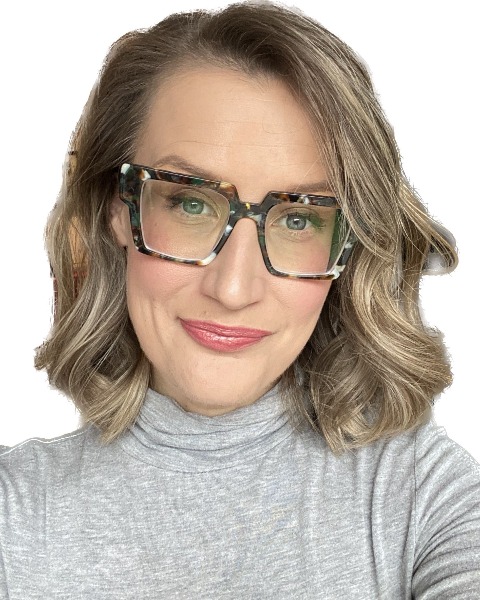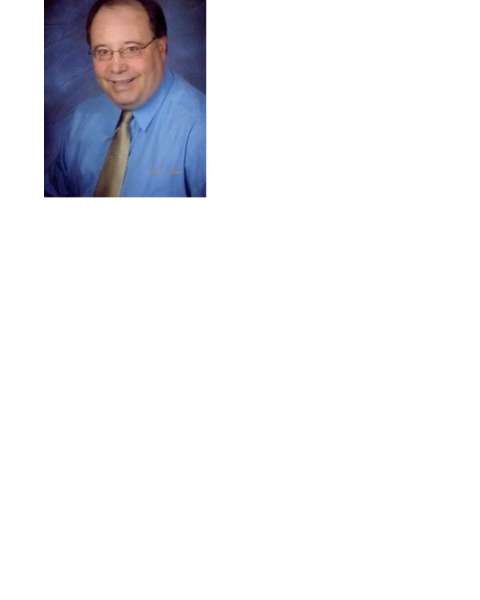(Re)habilitation and Counseling (C)
PP101 - The First-Time Hearing Aid Users Training Program: An Intervention to Support Hearing Aid Use
.jpg)
Alexandra Tessier, PhD
Project coordinator
Université de Montréal
Montréal, Quebec, CanadaDisclosure(s): No financial or nonfinancial relationships to disclose.

Victoria Duda, PhD
Assistant professor
Université de Montréal
Université de MontréalDisclosure(s): No financial or nonfinancial relationships to disclose.
- CC
Claire Croteau, PhD (she/her/hers)
Full Professor
School of Speech-Language Pathology and Audiology, Université de Montréal and Centre for Interdisciplinary Research in Rehabilitation of Greater MontrealDisclosure(s): No financial or nonfinancial relationships to disclose.

Mathieu Hotton, PhD (he/him/his)
Assistant Professor
School of Rehabilitation Sciences, Université Laval
Québec, Quebec, CanadaDisclosure(s): No financial or nonfinancial relationships to disclose.

Ronald Choquette
Université de Montréal
Université de Montréal
Montreal, Quebec, CanadaDisclosure(s): No financial or nonfinancial relationships to disclose.
- MT
Mireille Tardif
Disclosure(s): No financial or nonfinancial relationships to disclose.
- CL
Caroline Lafontaine
Disclosure(s): No financial or nonfinancial relationships to disclose.
- �L
Élodie Latreille
Disclosure(s): No financial or nonfinancial relationships to disclose.
Lead Presenter(s)
Presenter(s)
Contributor(s)
One third of hearing aid users abandon their device usage due to a lack of information, confidence, and skills. The ‘First-Time Hearing Aid Users’ training program provides support to individuals embarking on their initial hearing aid journey. It encompasses essential topics, including hearing loss management, effective utilization of hearing aids, and addressing emotional aspects associated with hearing impairment. Using a randomized cross-over experimental design, our research investigates the impact of this program on participants in two key areas: 1) enhancing self-efficacy concerning hearing aid utilization, and 2) improving communication strategies, emotional well-being, knowledge acquisition, and acceptance of their hearing impairment.
Summary:
Rationale: Wearing hearing aids has shown to increase social participation of individuals with hearing loss (Holman et al., 2021). However, only a third of candidates over 70 years old actually use their hearing aids (Meyer & Michie, 2020). Many first-time hearing aid users lack confidence due to inadequate information and training (Handscomb et al., 2017). Counselling has proven effective in addressing device acceptance, impact and stigma (Backenroth and Ahlner, 2000; Bennett et al., 2018). Collaborating with experienced audiologists in rehabilitation, we have developed the ‘First-Time Hearing Aid Users’ program. This study aims to explore its effects.
Methods: The program comprises two 1.5-hour sessions, covering hearing loss, hearing aid use, its impact, and stigma. It utilizes presentations, knowledge-sharing, and practical activities. We employ a randomized cross-over design with two groups of participants (n=8-10 in each group) using hearing aids for a maximum of 6 months. The first group receives the intervention first, followed by a waiting period. The second group experiences the same conditions in reverse order. We collect data at four time points: pre-intervention, post-intervention, post-waiting period, and a 3-month follow-up. We assess participants’ self-efficacy using the ‘Measure of Audiologic Rehabiliation Self-Efficacy for Hearing Aids’ (West & Smith, 2007) and their communication strategies, emotions, knowledge, and acceptance with the ‘Communication and Acceptance Scale’ (Öberg et al., 2021). A one-way ANOVA will be performed to compare the questionnaires scores at the different measure points.
Anticipated outcomes: We hypothesize that: 1) Participants’ scores on both questionnaires will improve after training; 2) Scores will be higher for the first trained group compared to the waiting group; 3) Scores will remain stable or increase at the 3-month follow-up. This project promises to enhance the hearing aid fitting process, emphasizing accessibility and respect for the unique challenges of those with hearing loss. The program also sheds light on group intervention methods in audiology, with potential implications for both private clinics and the public sector.
Learning Objectives:
- 1) Upon completion, participants will be able to decide if a group intervention is an adequate mean to support the use of hearing aid in first-time wearers
